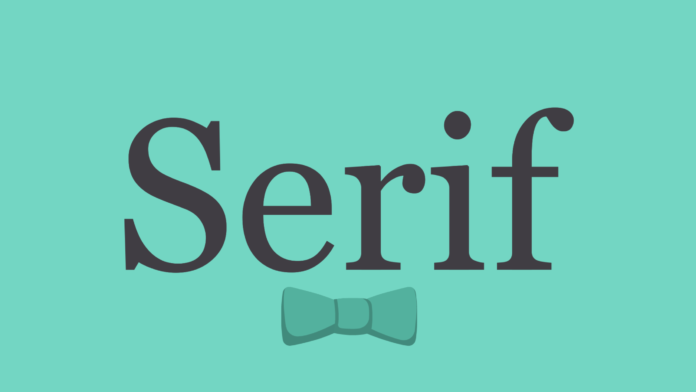Sans serif fonts, with their clean lines and absence of decorative flourishes, are often associated with simplicity and minimalism. However, this seemingly straightforward category holds a universe of possibilities. From conveying a sense of modern sophistication to injecting a touch of playfulness, sans serif fonts offer a remarkable range that can elevate any design project. Let’s delve deeper into the world of sans serifs, exploring their history, diverse styles, and how to leverage their potential to create impactful and engaging designs.
From Industrial Beginnings to Digital Dominance: A Brief Sans Serif History
Sans serif fonts have a rich history, their evolution intertwined with technological advancements. Early examples emerged in the 19th century during the Industrial Revolution, driven by the need for clear and legible typefaces on signage and machinery. The iconic Akzidenz-Grotesk, released in 1898, exemplifies this movement, offering a bold and functional typeface perfect for industrial applications. The 20th century witnessed the rise of modernist design movements like Bauhaus, which embraced the clean lines and simplicity of sans serifs. This aesthetic influence propelled sans serifs into mainstream graphic design and advertising. Today, with the dominance of digital interfaces and the rise of minimalist aesthetics, sans serifs have become a ubiquitous design element.
Beyond Basic: Exploring the Spectrum of Sans Serif Styles
While the lack of serifs unites them, the world of sans serifs encompasses a diverse spectrum of styles, each offering a distinct character:
- Grotesque Sans Serifs: Characterized by their simple geometric forms and near-uniform stroke width, these fonts, like Helvetica and Arial, exude a sense of neutrality and functionality, making them ideal for body text and user interfaces.
- Humanist Sans Serifs: Inspired by handwritten lettering, these fonts, like Gill Sans and Myriad Pro, offer a touch of warmth and personality while retaining a clean aesthetic. Perfect for branding and editorial design.
- Geometric Sans Serifs: Offering a more modern and technological feel with their sharp angles and geometric shapes, these fonts, like Futura and Proxima Nova, are popular choices for logos, websites, and app design.
- Neo-Grotesque Sans Serifs: Taking inspiration from classic grotesques but offering a more refined and contemporary aesthetic, these fonts, like Avenir Next and Lato, provide a balance between simplicity and elegance.
The Allure of Sans Serif: Impacting Perception and Communication
Sans serif fonts are not just visually appealing; they evoke specific emotions and influence how we perceive information. Here’s how they can impact your communication:
- Modernity and Cleanliness: Sans serifs exude a sense of modernity and sleekness, making them ideal for forward-thinking brands and design projects seeking a contemporary aesthetic.
- Readability and Clarity: Their clean lines and absence of clutter ensure clear and easy readability, especially on screens and in small sizes. Crucial for user interfaces and body text.
- Versatility Across Contexts: Sans serif fonts can adapt to diverse contexts, from minimalist branding to playful infographics or bold headlines.
- Personality Through Style: Despite their simplicity, the chosen style of sans serif can inject personality. A playful humanist typeface conveys a different tone than a sharp geometric font.
Choosing the Right Sans Serif: A Guide for Effective Design
With a multitude of options available, selecting the perfect sans serif font can be daunting. Here are some practical tips to guide your choice:
- Consider the context: Are you designing a logo, a website, or a printed brochure? Different contexts require different font weights, styles, and considerations for readability.
- Brand identity: Does the font style align with your brand personality and overall design aesthetic?
- Readability is key: Especially for body text, choose fonts with clear letterforms that are comfortable to read on screens and in print.
- Hierarchy and contrast: Utilize different weights and styles of sans serifs to create visual hierarchy and guide readers through your content.
- Embrace experimentation: Don’t be afraid to try different sans serif styles and see how they impact the overall look and feel of your design.
Beyond the Usual Suspects: Exploring Unique Gems
Venture beyond the classic Helvetica and explore hidden treasures in the world of sans serifs:
- Museo Sans: A versatile and clean sans serif with a wide range of weights, perfect for branding, websites, and editorial design.
- Montserrat: A humanist sans serif with a touch of personality and warmth, ideal for branding and social media graphics.
- Open Sans: A free and open-source font with a clean and modern aesthetic, perfect for user interfaces and body text.
- Poppins: A playful and versatile sans-serif with a vast range of weights and styles, offering endless possibilities for design projects.


